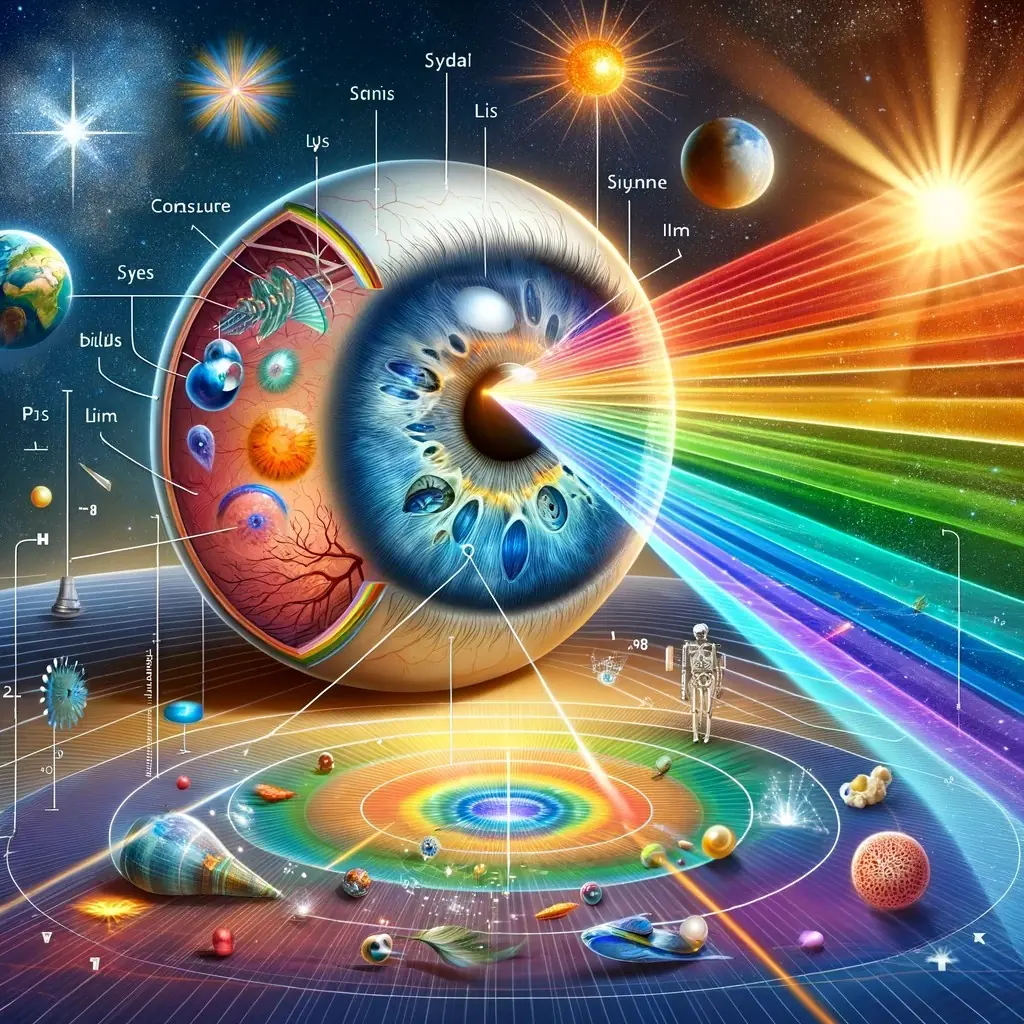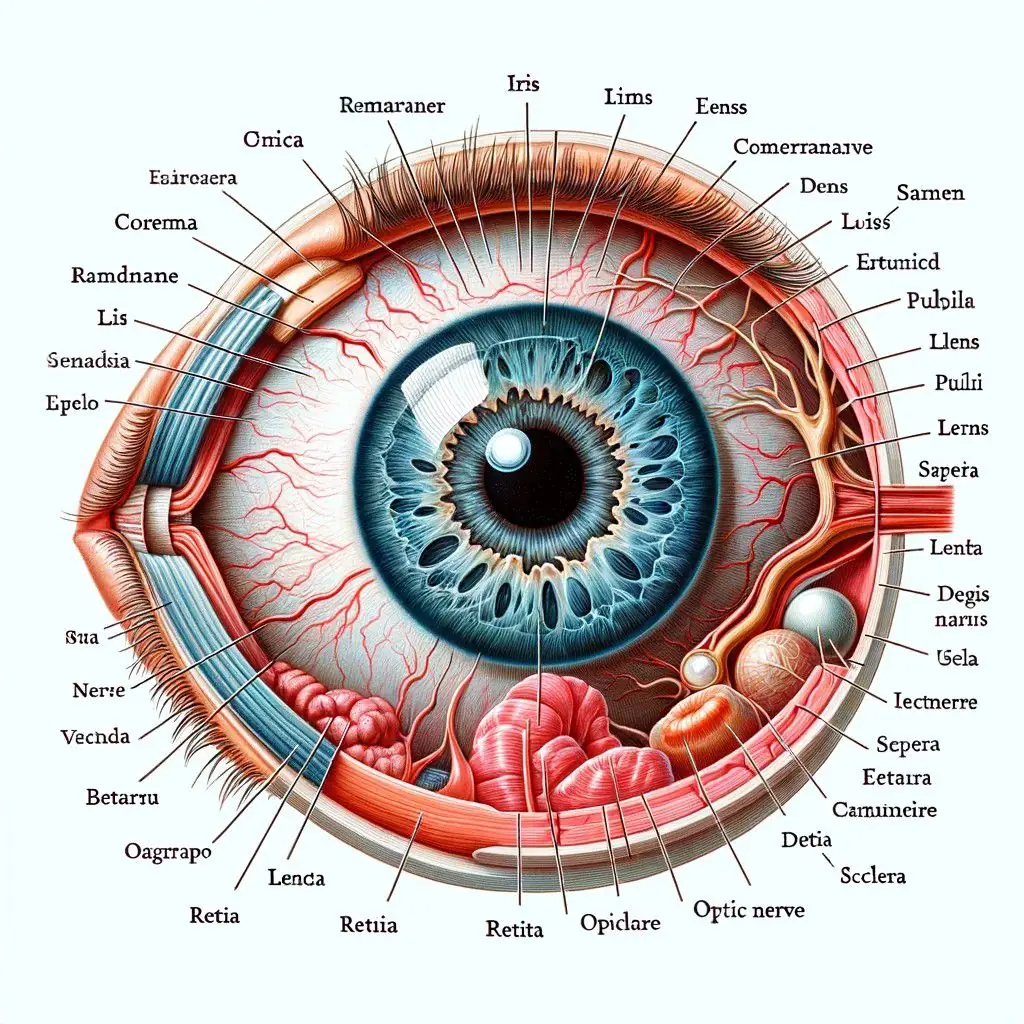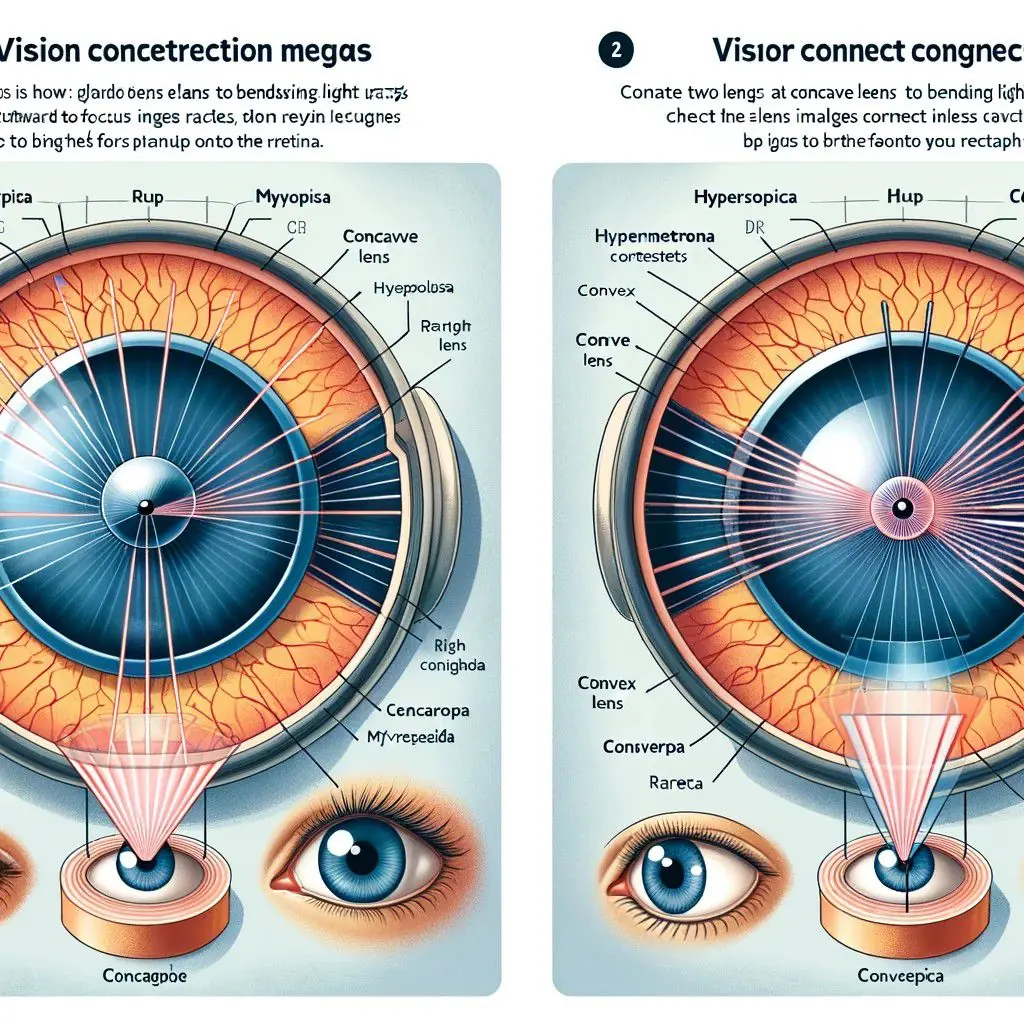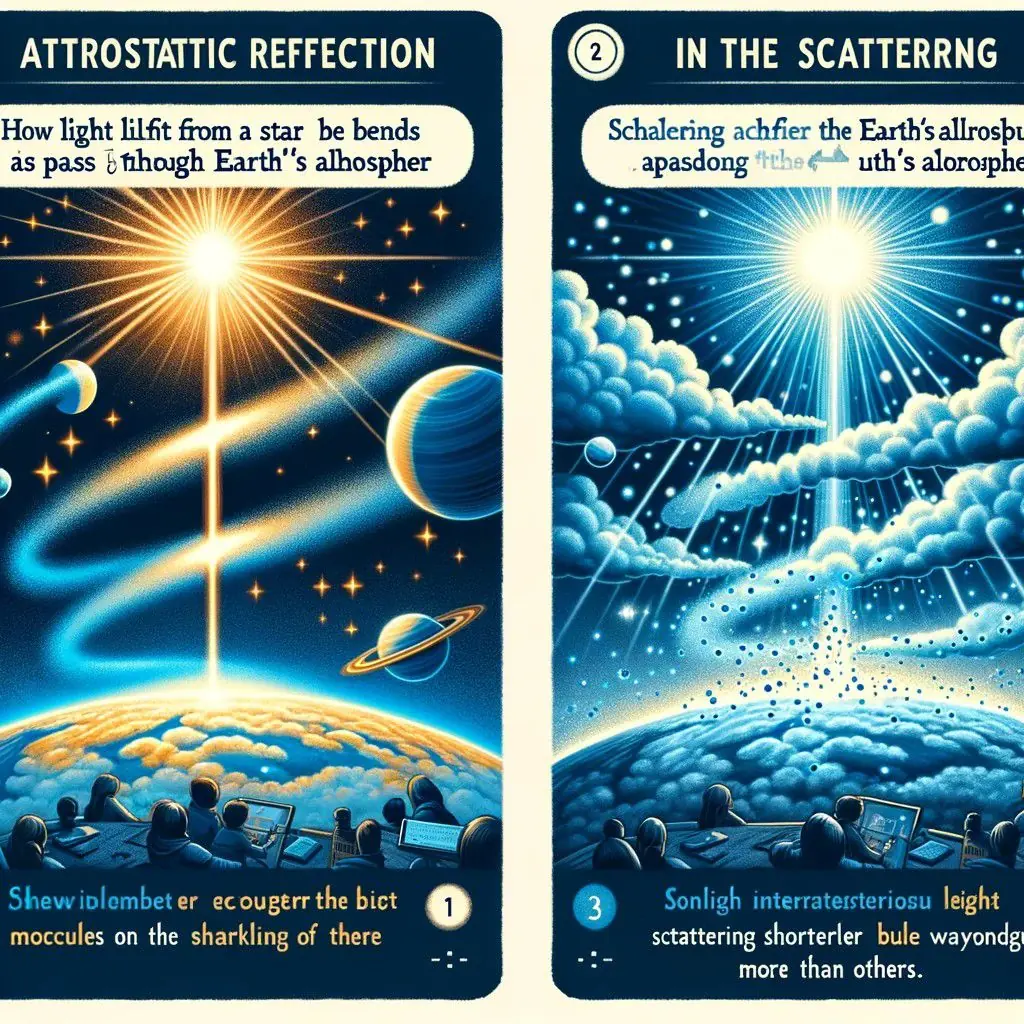
NCERT Class 10 Science Guide: Mastering ‘The Human Eye and the Colorful World’ – Vision Mechanics, Light Phenomena Explained

Chapter: The Human Eye and the Colorful World
Introduction
Welcome to the world of vision and light! In this chapter, we will explore the incredible organ – the human eye, understand common vision defects, and uncover the mysteries of how light interacts with our world.
Anatomy of the Human Eye
The human eye is a complex organ that allows us to see the world around us. Its main parts include:
- Cornea: The clear, dome-shaped surface that covers the front of the eye.
- Iris: The colored part of the eye, controlling the size of the pupil.
- Pupil: The opening through which light enters the eye.
- Lens: Focuses light rays onto the retina.
- Retina: Contains photoreceptor cells (rods and cones) that detect light.
- Optic Nerve: Transmits visual information from the retina to the brain.

Common Vision Defects and Corrections
Vision defects can hinder our ability to see clearly:
- Myopia (Nearsightedness): Distant objects appear blurry. Corrected with concave lenses.
- Hypermetropia (Farsightedness): Trouble seeing close objects. Corrected with convex lenses.
- Presbyopia: Difficulty in focusing on close objects, occurring with age. Corrected with reading glasses.

Refraction of Light Through a Prism
When light passes through a prism, it bends – a process known as refraction. This bending causes the light to spread out into a spectrum of colors, demonstrating how white light is made up of various colors.

Dispersion of White Light
White light is a mixture of colors, each with a different wavelength. When it passes through a prism, these wavelengths spread apart, creating a visible spectrum of colors.
Atmospheric Refraction and Scattering of Light
- Atmospheric Refraction: Light bends when it passes through the Earth’s atmosphere, causing phenomena like twinkling stars.
- Scattering of Light: The shorter wavelengths of light (blue and violet) are scattered more by the atmosphere, making the sky look blue.

Conclusion
The human eye, along with the phenomena of light refraction and scattering, presents a fascinating aspect of our natural world. Understanding these concepts helps us appreciate the beauty and complexity of what we see every day.
Questions and Answers on “The Human Eye and the Colorful World”
1. Q: What is the primary function of the human eye?
A: The primary function of the human eye is to perceive light and convert it into electro-chemical impulses that can be interpreted by the brain.
2. Q: Name the clear, front part of the eye that covers the iris and pupil.
A: The cornea.
3. Q: What is the iris and what does it do?
A: The iris is the colored part of the eye, and it controls the size of the pupil to regulate the amount of light entering the eye.
4. Q: Explain myopia and how it is corrected.
A: Myopia, or nearsightedness, is a condition where distant objects appear blurry. It is corrected using concave lenses which diverge light rays.
5. Q: What is hypermetropia and how is it corrected?
A: Hypermetropia, or farsightedness, is a condition where close objects are blurry. It is corrected using convex lenses which converge light rays.
6. Q: Describe how a prism disperses light.
A: A prism disperses light by bending (refracting) it, splitting white light into its component colors based on different wavelengths.
7. Q: Why does the sky appear blue?
A: The sky appears blue due to the scattering of shorter blue wavelengths of light by the molecules in the Earth’s atmosphere.
8. Q: What causes stars to twinkle?
A: Stars twinkle because of the atmospheric refraction of starlight. As the light passes through different layers of the atmosphere, it bends and causes the twinkling effect.
9. Q: What role does the retina play in vision?
A: The retina contains photoreceptor cells (rods and cones) that detect light and convert it into electrical signals sent to the brain.
10. Q: What is presbyopia?
A: Presbyopia is the age-related weakening of the eye’s ability to focus on close objects, commonly corrected with reading glasses.
11. Q: Explain the role of the lens in the human eye.
A: The lens of the eye focuses light onto the retina, adjusting its shape to change focus between distant and close objects.
12. Q: Define atmospheric refraction.
A: Atmospheric refraction is the bending of light rays as they pass through the Earth's atmosphere, causing phenomena like the apparent shift in position of stars.
13. Q: How are rainbows formed?
A: Rainbows are formed by the refraction, dispersion, and reflection of sunlight in water droplets in the atmosphere.
14. Q: Why do stars appear higher in the sky than they actually are?
A: Stars appear higher due to atmospheric refraction, which bends the light from the star downwards towards the Earth.
15. Q: What causes the red color of sunsets and sunrises?
A: The red color of sunsets and sunrises is caused by the scattering of shorter wavelengths and the relative dominance of longer red wavelengths in the light reaching the observer.
16. Q: How does the pupil contribute to vision?
A: The pupil regulates the amount of light that enters the eye, expanding or contracting based on light intensity.
17. Q: Differentiate between rods and cones in the retina.
A: Rods in the retina are responsible for vision at low light levels, while cones detect color and are responsible for high-resolution vision.
18. Q: What is the ‘blind spot’ in the eye?
A: The blind spot is an area on the retina where there are no photoreceptors because the optic nerve leaves the eye there, resulting in a lack of visual perception.
19. Q: What is the function of the optic nerve?
A: The optic nerve carries visual information from the retina to the brain for interpretation.
20. Q: Why does light bend when passing through a prism?
A: Light bends when passing through a prism due to refraction, which occurs as light passes from one medium to another at different speeds.
21. Q: What causes the phenomenon of a mirage?
A: A mirage is caused by the refraction of light due to temperature gradients in the atmosphere, creating the illusion of water or an inverted image.